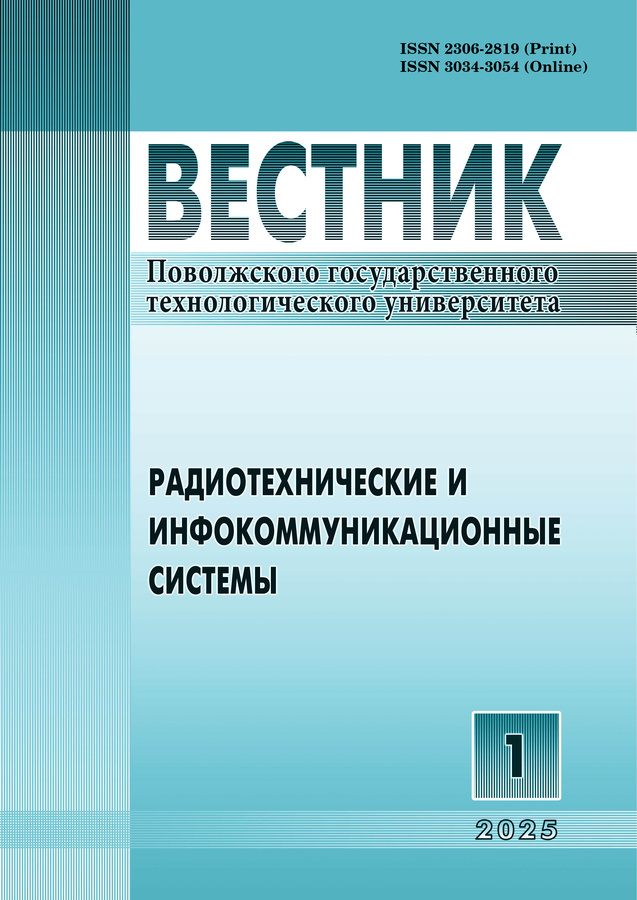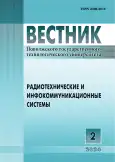Исследование супергидрофильных свойств плёнок TiO2, сформированных методом реактивного магнетронного распыления, и разработка технологии для их усиления
- Авторы: Шашин Д.Е.1, Владимиров Д.С.1,2
-
Учреждения:
- Поволжский государственный технологический университет
- АО «Марийский машиностроительный завод»
- Выпуск: № 2 (2024)
- Страницы: 74-85
- Раздел: ПРИБОРОСТРОЕНИЕ
- URL: https://journal-vniispk.ru/2306-2819/article/view/270580
- DOI: https://doi.org/10.25686/2306-2819.2024.2.74
- EDN: https://elibrary.ru/EUPJJE
- ID: 270580
Цитировать
Полный текст
Аннотация
В данной статье рассматривается способ получения плёнок оксида титана и разрабатывается типовой технологический процесс получения супергидрофильных плёнок оксида титана методом реактивного магнетронного распыления. Проведены исследования, главной задачей которых является нахождение параметров технологического процесса, влияющих на морфологию и на супергидрофильные свойства плёнок оксида титана. Для оценки супергидрофильности плёнок оксида титана использовался такой параметр, как угол смачивания, и для ускорения процесса нахождения данного параметра разработано программное обеспечение.
Ключевые слова
Полный текст
Об авторах
Дмитрий Евгеньевич Шашин
Поволжский государственный технологический университет
Автор, ответственный за переписку.
Email: ShashinDE@volgatech.net
ORCID iD: 0000-0002-8222-2824
SPIN-код: 8962-1241
кандидат технических наук, доцент кафедры конструирования и производства радиоаппаратуры
Россия, 424000, Йошкар-Ола, пл. Ленина, 3Дмитрий Сергеевич Владимиров
Поволжский государственный технологический университет; АО «Марийский машиностроительный завод»
Email: ShashinDE@volgatech.net
SPIN-код: 7717-7915
инженер-конструктор
Россия, 424000, Йошкар-Ола, пл. Ленина, 3; 424003, Йошкар-Ола, ул. Суворова, 15Список литературы
- Nahid A. A. A Self-Cleaning Approach Utilizing Metal Oxide Thin Films and Nanocomposites // Nature-Inspired Self Cleaning Surfaces in the Nanotechnology Era. 2023. Pp. 59-72. doi: 10.5772/intechopen.111971
- Эффект фотоиндуцированной супергидрофильности поверхности оксидов металлов / А. В. Рудакова и др. // Фундаментальные исследования. 2013. № 10. С. 1959-1963.
- Шаповалов В.И. Нанопорошки и плёнки оксида титана для фотокатализа (обзор) // Физика и xимия стекла. 2010. Т. 36, № 2. С. 145-193.
- Irie H., Hashimoto K. Photocatalytic active surfaces and photo-induced high hydrophilicity/high Hydrophobicity // Hdb Env Chem. 2005. No. 2. Pp. 425 –450. doi: 10.1007/b138190
- Photo-induced hydrophilicity and self-cleaning: models and reality / D. Bahnemann et al. // Energy Environ. 2012. No. 5. Pp. 7491 – 7507. doi: 10.1039/C2EE03390A
- Photocatalysis and photoinduced hydrophilicity of various metal oxide thin films / M. Miyauchi et al. // Chem. Mater. 2002. Vol. 14, No. 6. Pp. 2812 –2816. doi: 10.1021/cm020076p
- Review on the Superhydrophilic coating of Electric insulator / K. Guo, Bo Jiang1, Peng Zhao et al. // IOP Conference Series: Earth and Environmental Science. 2021. Vol. 651. Pp. 1-10. doi: 10.1088/1755-1315/651/2/022037
- Вилья Н., Голосов Д.А., Нгуен Т.Д. Формирование пленок оксида титана методом реактивного магнетронного распыления // БГУИР. 2019. № 5. С. 87-93.
- Mechanism of photoinduced superhydrophilicity on the TiO2 photocatalyst surface / M. Anpo et al. // J. Phys. Chem. 2005. Vol. 109, No. 32. Pp. 15422-15428. doi: 10.1021/jp058075i
- Брус В. В., Ковалюк З. Д., Марьянчук П. Д. Оптические свойства тонких пленок TiO2-MnO2, изготовленных по методу электронно-лучевого испарения // Журнал технической физики. 2012. Т. 82, № 8. С. 110-113.
Дополнительные файлы



















